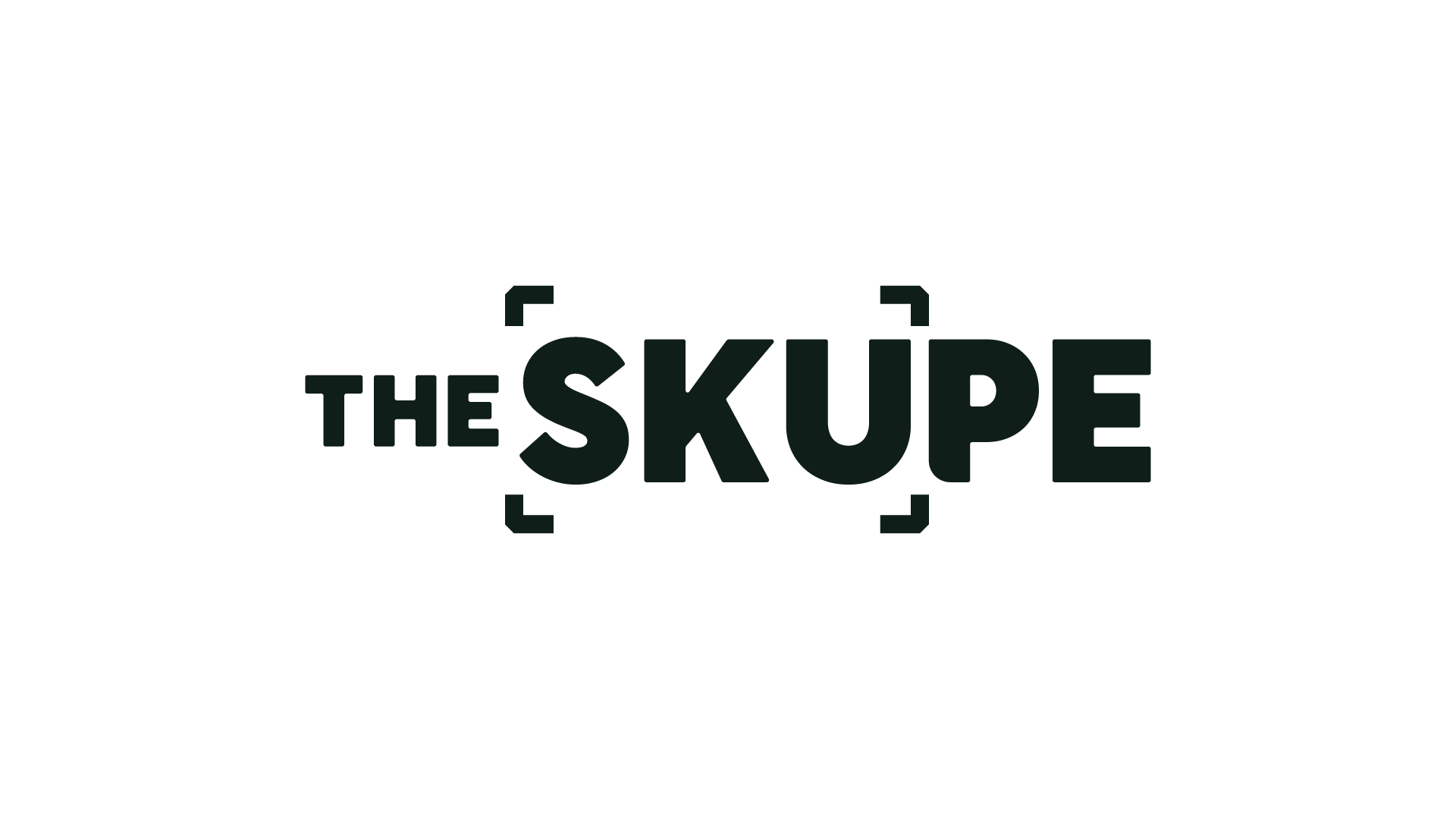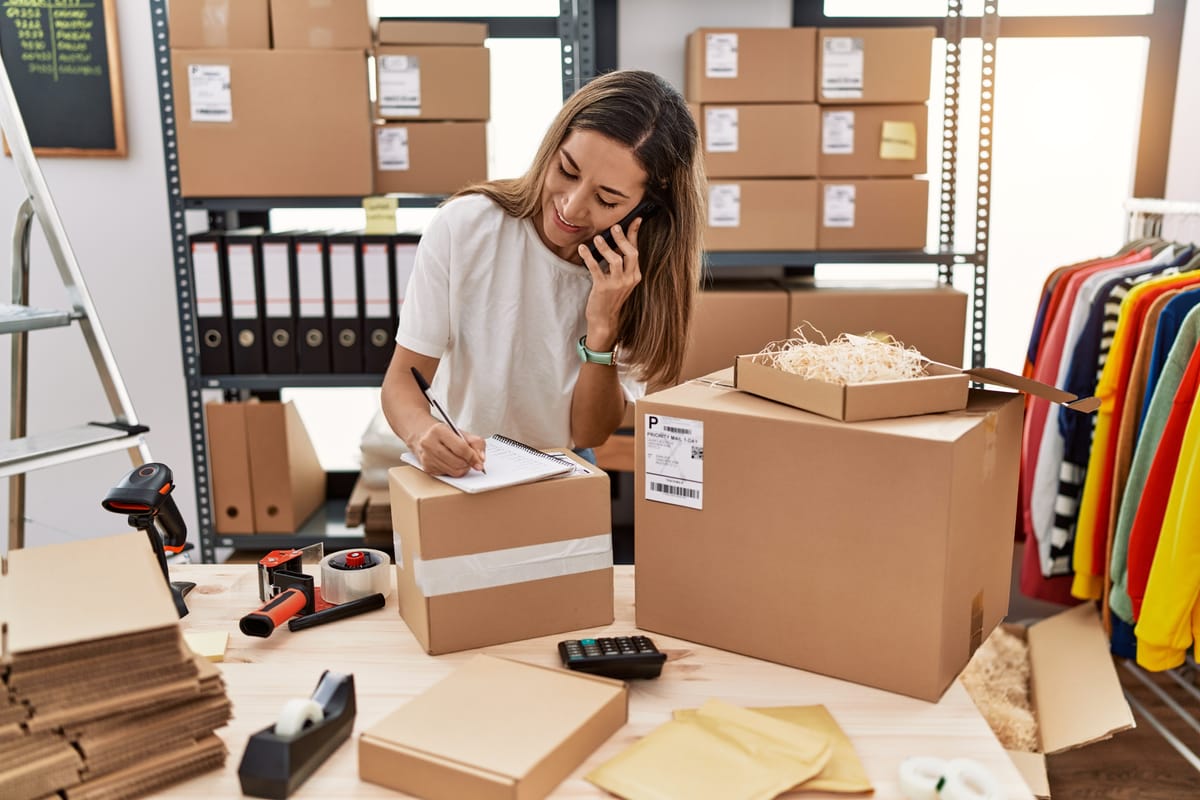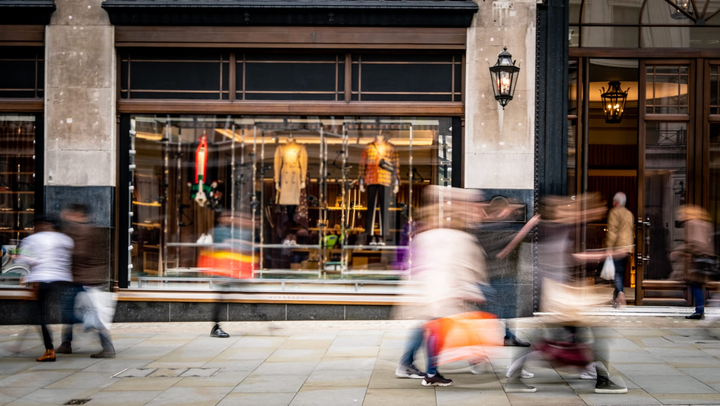Tariffs on essentials could squeeze margins before the holidays
Got plans? A solid business plan is key to entrepreneurial success. This week, meet a 25-year-old from Queens, NY, who left college to start his own business—and see what other entrepreneurs can learn from his journey.
Plus, we look at just how much tax money the new tariffs are collecting for essential items, why Dick’s Sporting Goods is betting on entertainment, why Aldi nixes music in its stores, and how travel trends are shaping retail. Let’s jump in.
But first, did you know that America’s youngest consumers drive almost half of household spending? They’re influencing everything from new foods to vacation destinations.

Denim blues. American Eagle traffic down 9% after Sydney Sweeney ad backlash.
Supporting entrepreneurs. TD Bank names small business leader as new CEO.
Cue the silence. The reason Aldi doesn’t play music in its stores.
Happy Birthday! Mall of America turns 33 this year.
🤖 Rosie, is that you? China opens first humanoid robot store.

Starting your own business? Six takeaways from a 25-year-old entrepreneur
New York Zillennial Brandon Hollingsworth dropped out of college and sold his sneaker collection to start his own laundromat business, but his business plan is what convinced his entrepreneurial parents that he was making the right decision. The six takeaways from Brandon’s story: research and write a business plan, find funding, figure out legalities, plan your budget, expect to work hard and build a community. Hollingsworth now has plans to expand his business.
Why this matters: Hollingsworth is setting an example by starting young. According to Forbes, the average small business owner starts at 35, and 51% launch their first business at 55. Small businesses make up 99.9% of all U.S. companies, and younger entrepreneurs could be a bright spot for our economy. (Yahoo! Finance)
Just how much money have tariffs cost us this summer?
Summer isn’t over yet, but the federal government’s new tariffs have already imposed $1.9B in new taxes on food, a $73M tax increase on school supplies, and another $1.9B new tax on clothes and shoes. An analysis of trade data by the Census Bureau for May and June of 2025 versus 2024 has shown these essential categories to be the most affected. This report contains detailed charts showing how the tax levels have changed year-over-year for specific food items, school supplies and clothing items.
Why this matters: Higher import costs on food, school supplies and clothing could soon hit small retailers, grocers, and e-commerce sellers as suppliers pass prices down. That means tighter margins, tougher inventory decisions and potential price hikes right before back-to-school and holiday shopping. (U.S. Chamber of Commerce)

Five ways that travel trends are shaping retail
Watch a panel from Texas Governor’s Small Business Summit
The Lyst Q2 Index ranks fashion’s hottest brands, products
Retail buyers avoiding tariffs by ordering early, using AI
Pinterest’s CEO calls it an “AI-enabled shopping assistant”

ROI to ROR: Why your return policy is your strongest loyalty tool
Return policies matter more than you think. Marie DeLeo, director of strategic consulting at Kobie, calls it “maximizing your return on relationship.” Return rates have doubled in the last five years to 17% in 2024, driven by online shopping and customers’ expectations for fast, free returns. Don’t overlook the connection between returns and loyalty and the opportunity to build stronger relationships. DeLeo suggests: elevate the experience for top-tier loyalty members; create return moments beyond the holidays; if you have store credit cards, differentiate through cardholder-exclusive benefits.
“The most effective return policies don’t simply meet expectations–they exceed them in ways that reinforce the value of brand loyalty. In today’s retail environment, where every interaction shapes the customer relationship, returns shouldn’t be viewed merely as a cost of doing business." –Marie DeLeo, Director of Strategic Consulting, Kobie
Why this matters: If you take the time to strategically design and properly leverage your return policy, you’ll have a powerful tool for building lasting relationships and driving sustainable growth. (Retail Customer Experience)

Decoding the biggest retail chatbots from Amazon to Walmart
First it was Siri and Alexa, now it’s Rufus and Sparky. Amazon and Walmart are just two of the mega retailers who’ve named their chatbots in a bid to get customers to make them part of their everyday shopping experience. These customer-facing AI assistants can answer shopping queries, make product recommendations and even make purchases. Some retailers have even launched employee-facing tools to help operations and sales associates do their jobs. This story breaks down how the various chatbots work and shares tips on how to get the most out of them.
Why this matters: While smaller businesses may not yet have customized AI assistants or chatbots, they will soon, and familiarizing yourself with what big-brand early adopters are doing now will help you decide which elements you’ll want to incorporate when the time comes. (Modern Retail)
Thanks for reading this week's edition!
You can reach the newsletter team at theskupe@mynewsletter.co. We enjoy hearing from you.
Interested in advertising? Email us at newslettersales@mvfglobal.com
The SKUpe is curated and written by Marcy Medina and edited by Bianca Prieto.






Comments ()